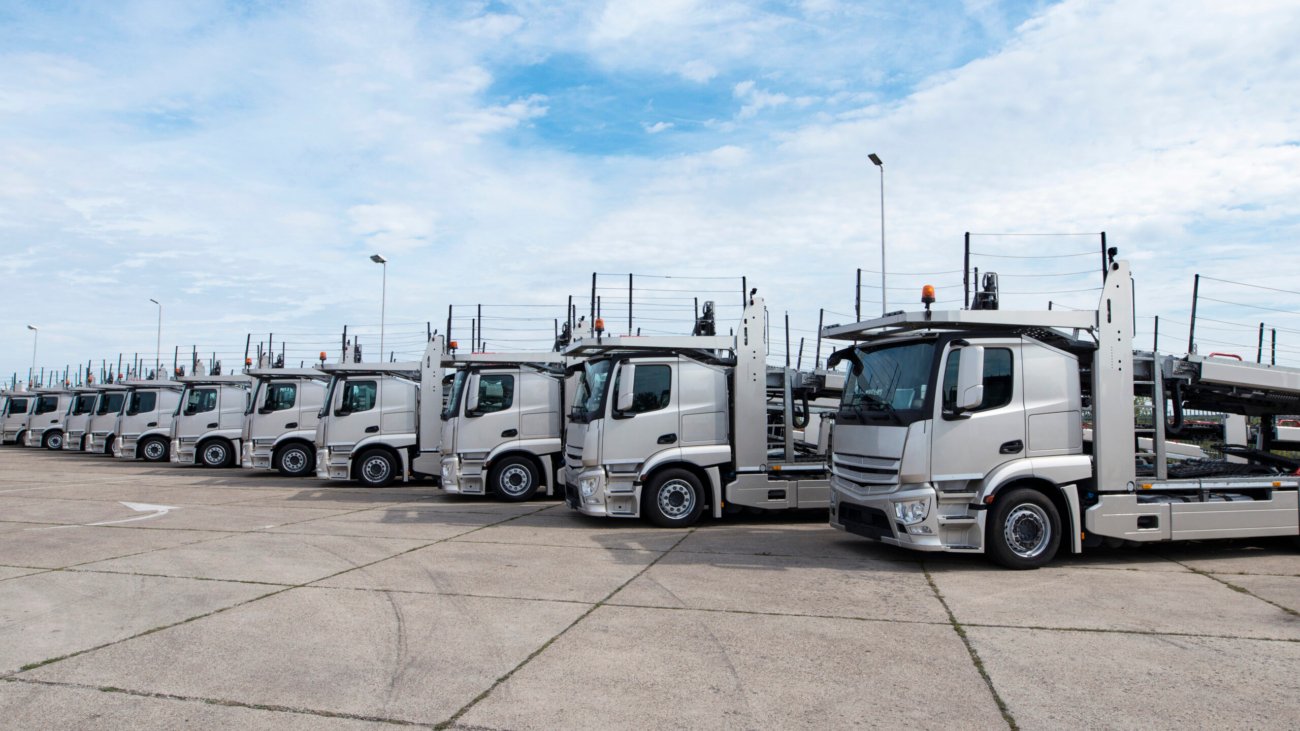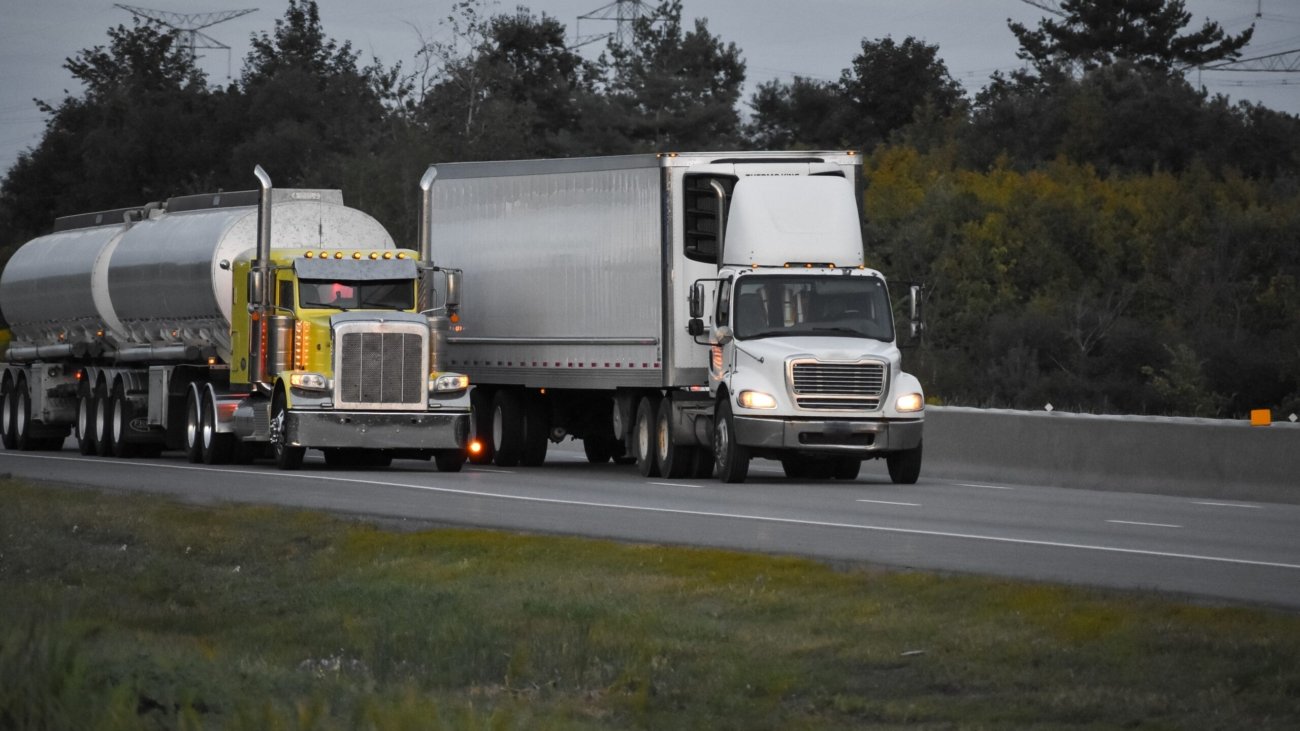Introduction
Starting a truck dispatching company can be a lucrative venture in the logistics and transportation industry. This guide will take you through the essential steps to establish and grow your truck dispatching business successfully.
What is Truck Dispatching?
- Definition: Truck dispatching involves coordinating freight transportation, ensuring timely delivery, and communicating with drivers and clients.
- Importance in the Logistics Industry: Dispatchers play a crucial role in the efficiency of supply chains.
Step 1: Understanding the Truck Dispatching Industry
Market Overview
- Size and growth potential of the industry.
- Current trends (e.g., e-commerce, just-in-time delivery).
Types of Truck Dispatching
- Freight brokerage vs. dispatch services.
- Different modes of transport (e.g., flatbed, dry van, refrigerated).
Step 2: Creating a Business Plan
Market Research
- Analyzing competitors and identifying your niche.
Business Model
- Types of services: Full-service dispatch, load planning, compliance management.
Financial Projections
- Start-up costs, pricing structure, and revenue expectations.
Step 3: Legal Requirements
Business Structure
Licenses and Permits
- Federal Motor Carrier Safety Administration (FMCSA) registration.
- Understanding the need for a freight broker license (if applicable).
Insurance
- Types of insurance (liability, cargo, errors and omissions).
Step 4: Setting Up Your Dispatching Operations
Technology and Tools
- Types of dispatch software and freight management systems (e.g., telematics, load boards).
Equipment Needed
- Office setup, computers, phones, and communication tools.
Hiring Staff
- Skills required for dispatchers.
- Considerations for outsourcing vs. in-house dispatchers.
Step 5: Building Relationships
Networking with Carriers
- How to find and build relationships with independent truckers and freight carriers.
Client Acquisition
- Marketing strategies: Online presence, trade shows, and referrals.
Establishing Contracts
- Essential elements of contracts with carriers and clients.
Step 6: Managing Operations
Daily Operations
- Scheduling drivers and managing loads.
Communication
Problem-Solving
- Common challenges in dispatching and how to address them.
Step 7: Marketing Your Dispatching Company
Branding
Digital Marketing Strategies
Building a Referral Network
- Encouraging satisfied clients to refer new business.
Step 8: Scaling Your Business
Expanding Services
- Additional services you can offer: Compliance consulting, logistics planning.
Hiring Additional Staff
- When and how to hire more dispatchers or sales staff.
Leveraging Technology
- Upgrading software and tools to improve operations.
Conclusion
Starting a truck dispatching company requires careful planning, strong operational skills, and the ability to build relationships within the industry. By following this ultimate guide, you’ll be well on your way to establishing a successful business in the logistics field.
Call to Action
Consider signing up for a newsletter or downloading a guide that provides further insights into best practices for running a truck dispatching company.
Additional Resources
- Books and articles on dispatch management.
- Online courses on logistics and dispatching.
Industry forums and networking opportunities.



